Even before the pandemic forced restaurants—both fast-food and traditional—to rethink ordering, some were factoring in digital and making changes to aging dining rooms. That was all fast-tracked when locations were forced to close. Now, nearly three years after the start of the Covid-19 pandemic, 16 percent fewer people are dining in restaurants. While the dining room has rebounded somewhat, many restaurants are evolving to keep up with drive-thru demand which is still 13 percent above pre-pandemic levels and accounts for 39 percent of all restaurant traffic.
In order to make room for more drive-thru lanes and areas for curbside pickups, fast-food chains have been rethinking the concept of a modern-day restaurant with new design prototypes. And one element, in particular, seems to be taking up less and less real estate in a modern fast-food joint—the dining room.
As chains continue to unveil their future restaurant designs, many of them are reducing the sizes of their dining rooms, and in some cases getting rid of them altogether. Here are some of the biggest chains leading the charge in a move to off-premise dining.
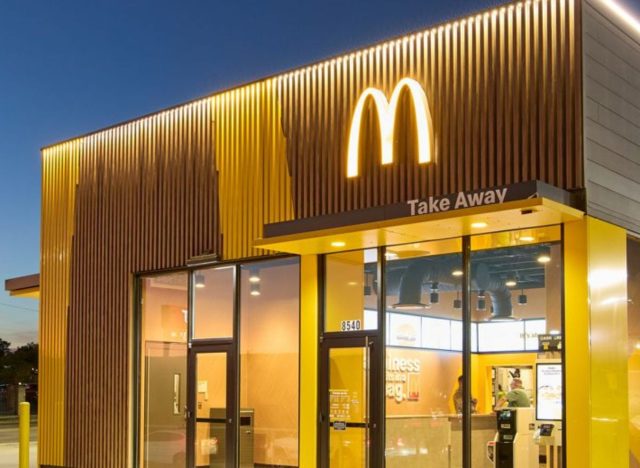
McDonald’s released a take-out-only prototype last year in Fort Worth, Texas late last year. Customers could use mobile ordering, the drive-thru window, or enter the restaurant to place orders at digital kiosks. The food is delivered by an automated conveyer belt. “As our customers’ needs continue to change, we are committed to finding new ways to serve them faster and easier than ever before,” Max Carmona, senior director of global design and restaurant development at McDonald’s, said about the new location.
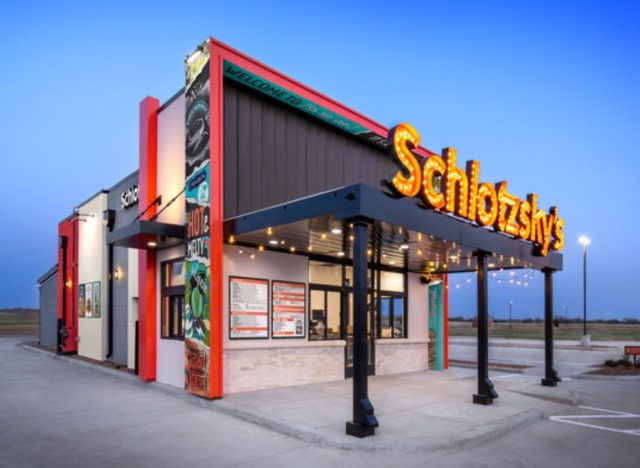
Like many companies, 300-unit sandwich chain Schlotsky’s isn’t completely ditching the dining room, but rather dipping its proverbial toe into the idea. The new location, which debuted in mid-2022, has a drive-thru lane and a separate mobile-order lane. The chain is still keeping its 3,300-square-foot restaurants as an option for new stores but is also including the new concept. “It’ll be interesting to see where that plays out as real estate gets more expensive and more growth comes from the drive-thru from customers more interested in eating off-premise than on-premise,” Harris said.
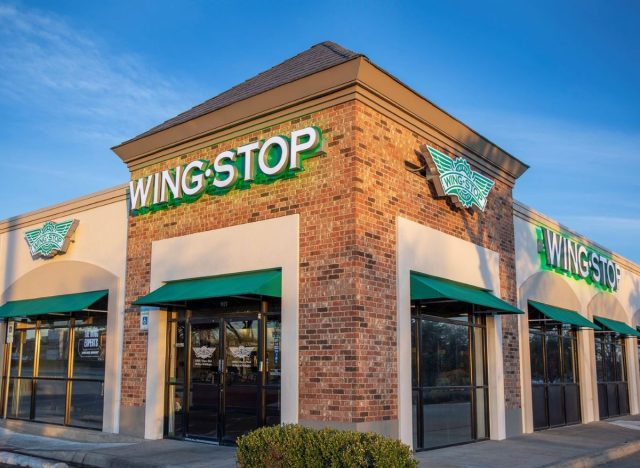
Wingstop has decided to steadily make changes to help customers get in and out quickly, to then consume their wings from the comfort of their home (or anywhere else they please). Earlier this year, the popular wing chain tested its first-ever, seat-less prototype location that acted as a cash-less digital ordering and delivery option to residents of Dallas, Texas. The change is a natural one for the company which is seeing nearly 100% of its orders from delivery or carry-out.
“A glimpse into our Lovers Lane location is a glimpse into the future of Wingstop,” said Marisa Carona, chief growth officer of Wingstop. Going forward, it’s possible you will walk into a Wingstop only to see a lobby area for delivery drivers and customer pick-up racks with orders ready upon arrival.
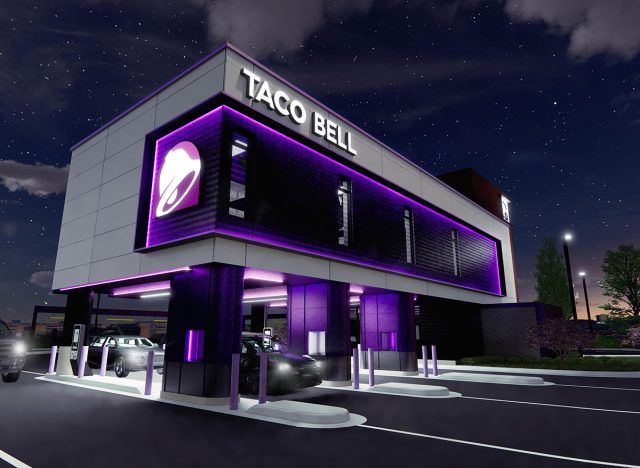
In 2022, Taco Bell unveiled plans to reach a footprint of 10,000 stores in the next 10 years. Along with plans for expansion, the chain has developed innovative store designs that capture these shifting priorities. One concept that could be embraced at these new locations is the Taco Bell Defy model that opened at a location in Minnesota last year. It features four drive-thru lanes with vertical lifts that deliver food from the second-floor kitchen down to the cars.
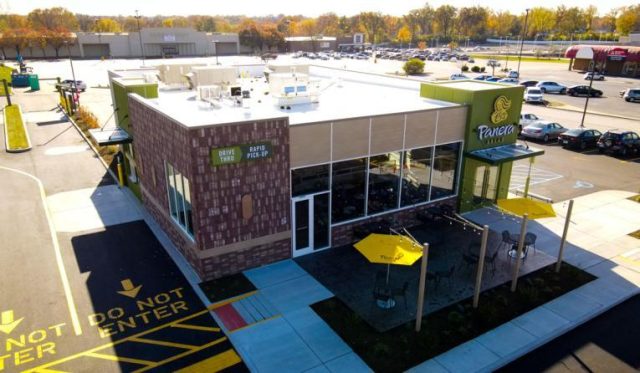
Last year, Panera opened a new concept restaurant in New York City that is half the size of a regular Panera and features limited counter seating instead of cozy nooks and booths. A second small location, dubbed Panera to Go, in Union Square, features no seating at all, reinforcing the chain’s attempt to attract more customers on the go.
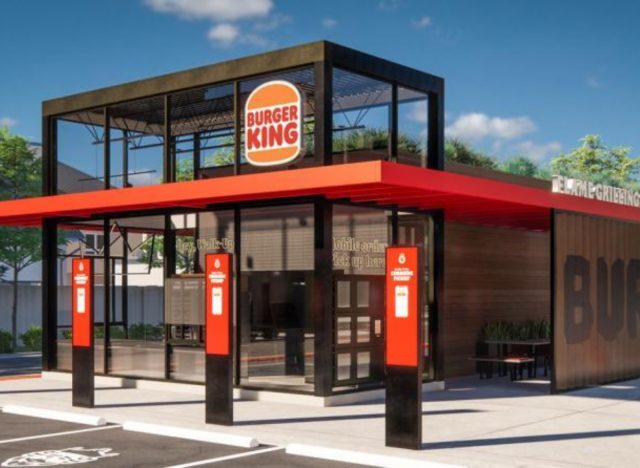
In 2020, Burger King’s planned a “restaurant of the future” to feature several novelties: massive drive-thrus, food lockers, conveyor belts, and in some cases al fresco dining rooms. While some of the chain’s new designs feature smaller dining rooms sitting directly atop drive-thru lanes, others forego a traditional interior altogether and instead include only a shaded patio for on-premise dining. The chain also announced as part of its Royal Reset remodel program that it was planning to remodel over 800 restaurants over the next two years
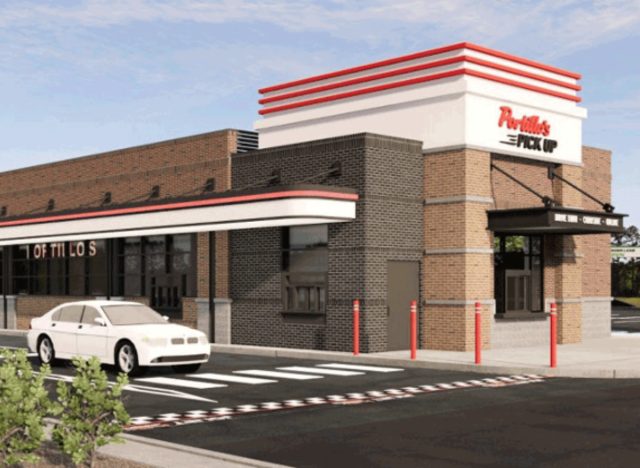
Portillo’s, a beloved Chicago-based brand, is as known for its iconic hot dogs as it is for its large dining rooms. But the future looks very different for the chain and its customers. According to CEO Michael Osanloo, Portillo’s is betting on off-premise sales as its main source of traffic, and its new locations will reflect this strategy.
Not only is Portillo’s reducing the size of its dining rooms, but it opened a prototype location with no dining room at all. And it’s been a success. “We’re not just happy with the results,” CEO Michael Osanloo said. “We’re blown away by the results. It is performing far beyond our expectations.”
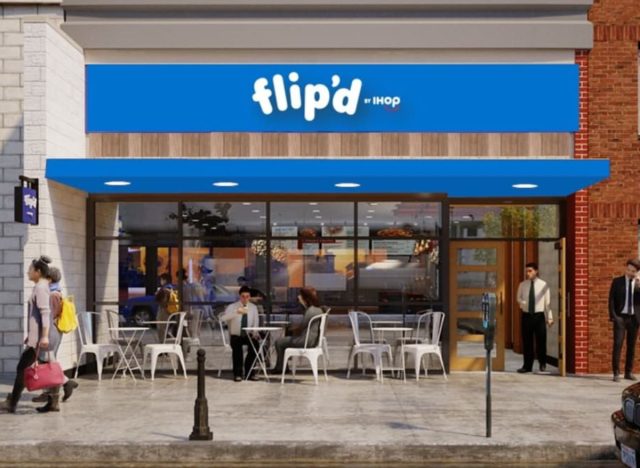
IHOP may be a staple dine-in chain, but the brand has expanded with an on-the-go offshoot more suitable for takeout. Flip’d by IHOP serves the iconic breakfast and lunch menu from IHOP but in portable packaging, and features much smaller locations with limited dining room areas.
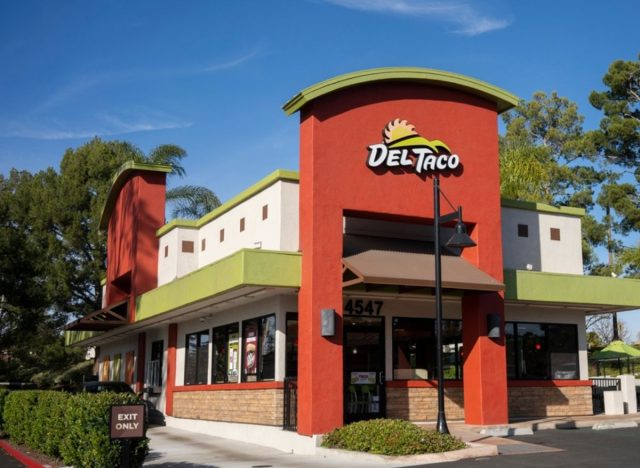
Del Taco’s idea of a post-pandemic restaurant was dubbed Fresh Flex—a new design offering a range of store sizes to prospective operators. Some of those options include small drive-thru-only locations sans dining rooms.
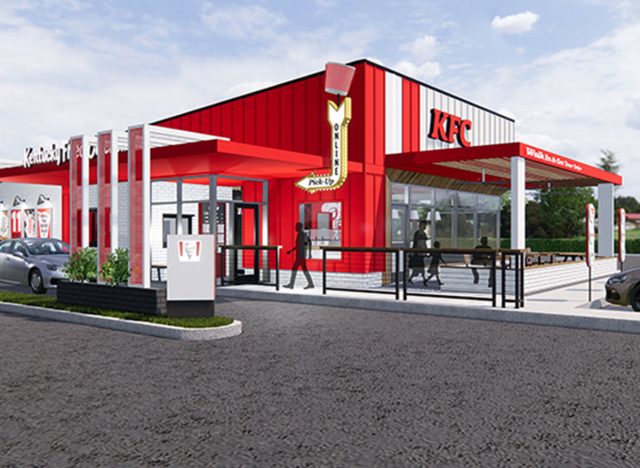
KFC too has planned to slowly phase out its current restaurant design (dubbed the “American Showman”) for one that puts less emphasis on dining in. It introduced two new designs that will drastically reduce its traditional dining rooms—one focused on drive-thru expansion in suburban areas, and one with lesser dine-in capacity for urban areas where real estate is expensive.
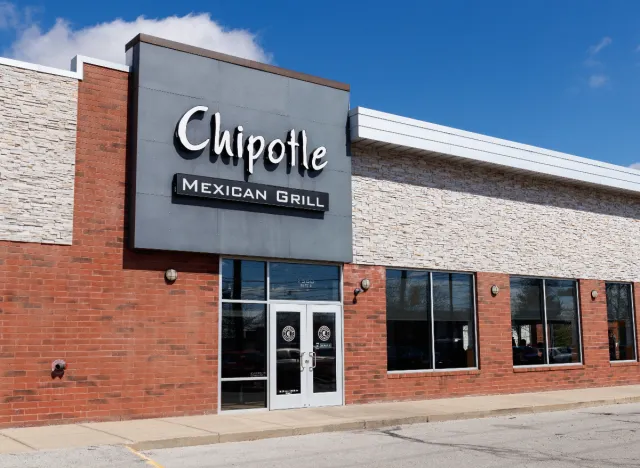
Besides adding its Chipotlanes across America (its proprietary drive-thru on steroids), Chipotle is also expanding its digital-only restaurants. The locations don’t have a dining room and the employees can’t take in-store orders. Instead, customers have to place their orders through the chain’s mobile app or website for pickup or delivery. You can expect to see this Chipotle set up continue to expand across the country in the coming years.
A version of this story was originally published in April 2022. It has been updated to include new information.


